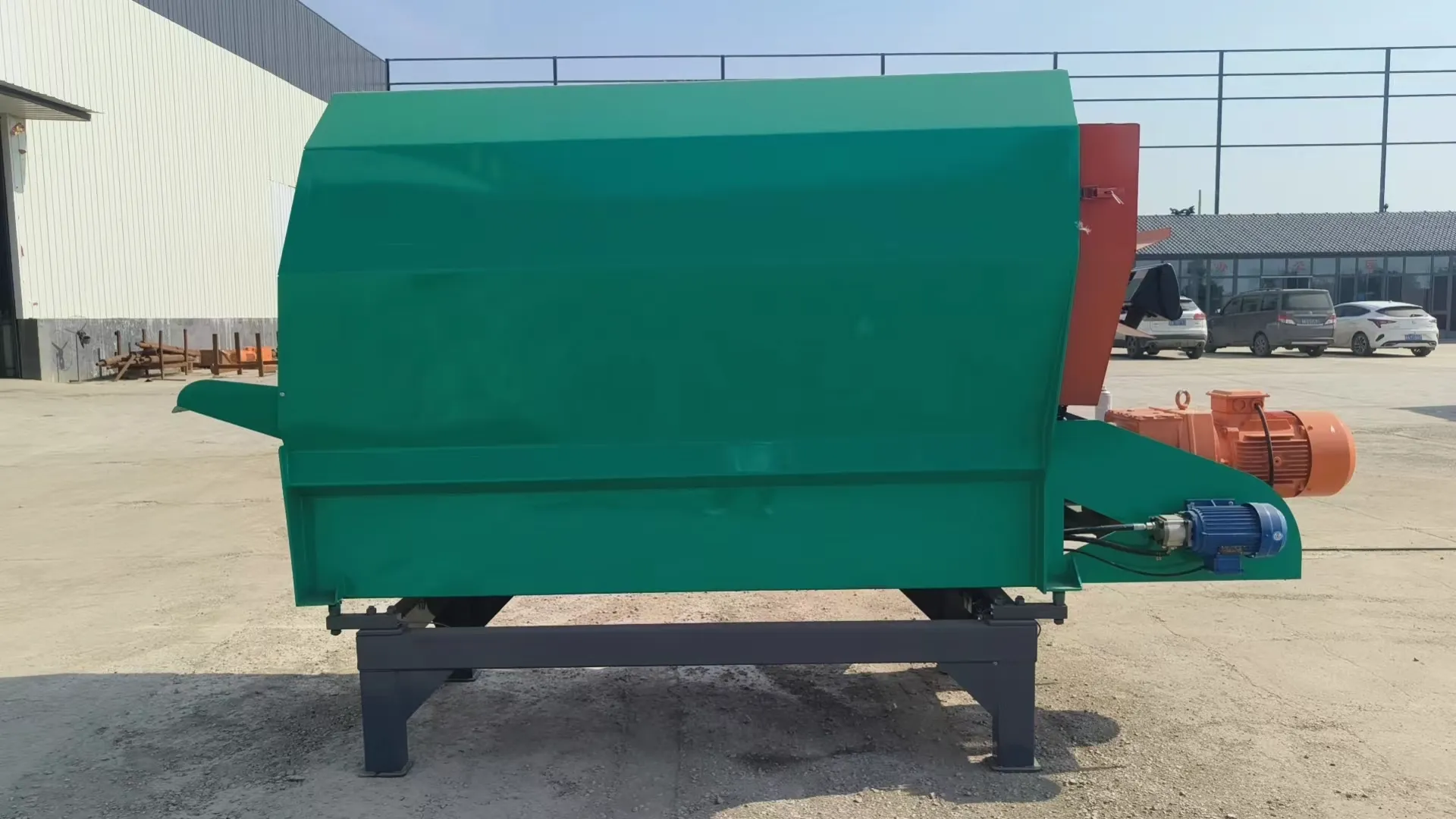felt fabric construction
The Art and Science of Felt Fabric Construction
Felt fabric construction has a rich history that dates back thousands of years, showcasing a blend of traditional craftsmanship and modern innovation. Felt, primarily made from wool, is produced through a process known as felting, which involves the interlocking of fibers through moisture, heat, and pressure. This unique process results in a durable and versatile material that has found its place in various applications, from clothing and accessories to home decor and industrial uses.
The construction of felt fabric begins with selecting high-quality wool fibers. Wool is the ideal fiber for felting due to its natural scales, which allow the fibers to catch onto one another during the felting process. The initial step involves washing and carding the wool to separate the fibers and prepare them for felting. Once carded, the wool is layered to create a uniform thickness. This layering process can vary depending on the desired density and texture of the final product.
The felting process typically involves three main stages wet felting, needle felting, and commercial felting. Wet felting uses moisture and heat to activate the fibers. The layers of wool are sprayed with warm water and then subjected to agitation, either by hand or with mechanical aids. This movement causes the fibers to tangle and lock together, forming a solid fabric. Needle felting, on the other hand, employs barbed needles that physically entangle the fibers without moisture. This technique is often used for creating intricate designs or embellishments on the surface of the felt.
felt fabric construction

The use of synthetic fibers, such as polyester, has also made its way into felt construction. These blends are often lighter, more resilient, and easier to clean, appealing to a modern market that demands both functionality and style. However, pure wool felt remains highly prized for its natural properties, including breathability, moisture-wicking capabilities, and excellent insulation.
Felt fabric is celebrated for its versatility. It can be cut, sewn, embroidered, or dyed, making it suitable for a myriad of projects. In fashion, it is commonly used for hats, bags, and outerwear, while in home decor, felt serves as an ideal material for wall hangings, rugs, and furniture padding. In industrial applications, felt is employed as insulation, soundproofing material, and even in automotive interiors.
Sustainability is increasingly becoming a focal point in felt fabric construction. With a growing awareness of environmental issues, many artisans and manufacturers are turning to eco-friendly production methods and sourcing materials responsibly. This shift not only preserves traditional techniques but also promotes a legacy of craftsmanship that values both the environment and the artistry involved in felt construction.
In conclusion, felt fabric construction is an intersection of artistry and functionality, steeped in tradition yet open to innovation. Whether used in fashion, decor, or industry, felt continues to captivate and serve, affirming its timeless place in the fabric of human creativity.
-
What Makes Felt a Great Choice?NewsNov.19,2024
-
Total Mixed Ration (TMR) Feed for CattleNewsNov.19,2024
-
The Ultimate Guide for Felt Polishing WheelsNewsNov.19,2024
-
Industrial Felt for Various ApplicationsNewsNov.19,2024
-
Felt Makeup Bags and Inserts BagsNewsNov.19,2024
-
Choosing the Right Hotel TowelsNewsNov.19,2024
-
Your Go-To Guide For Affordable Wholesale Wool FeltsNewsOct.31,2024







